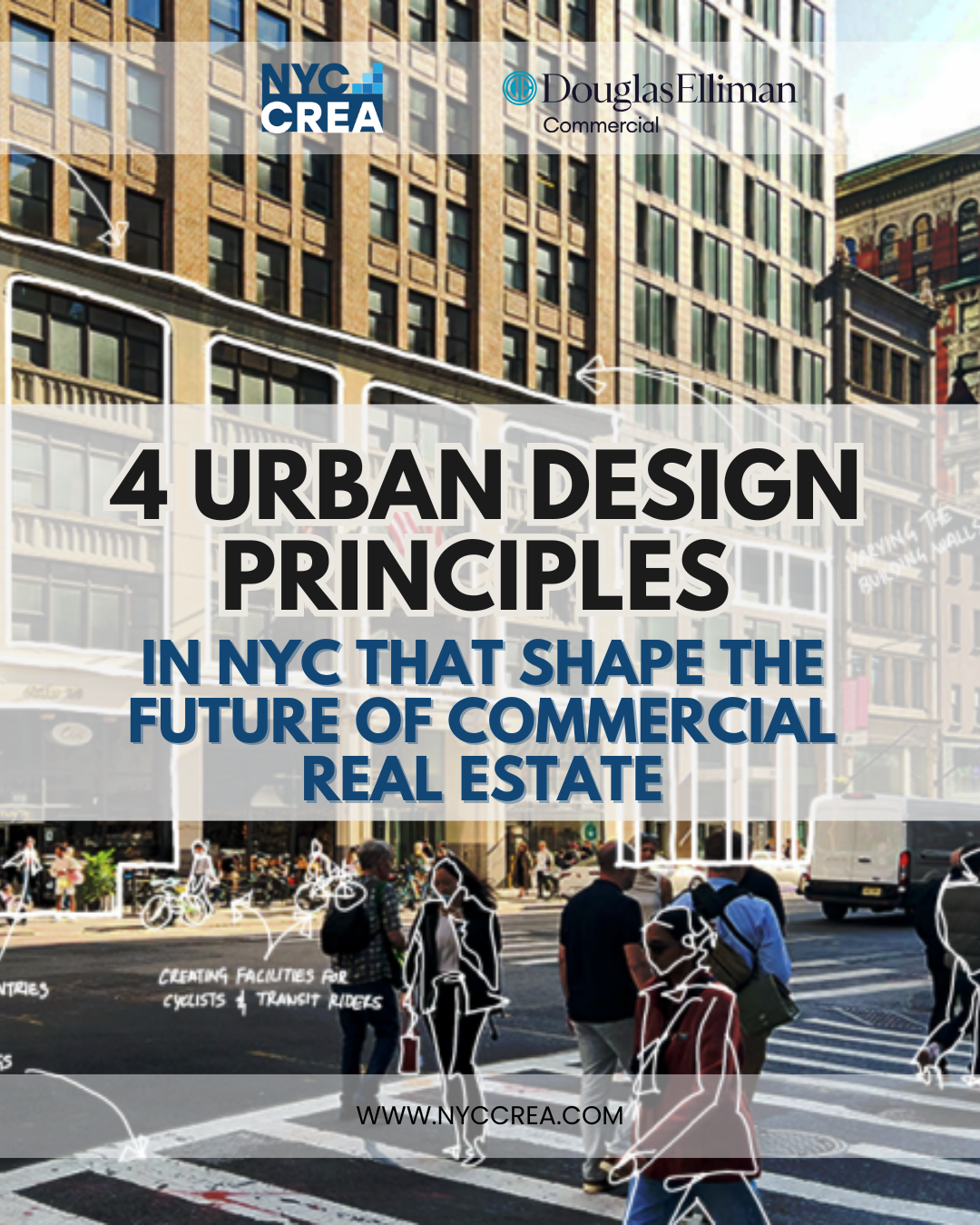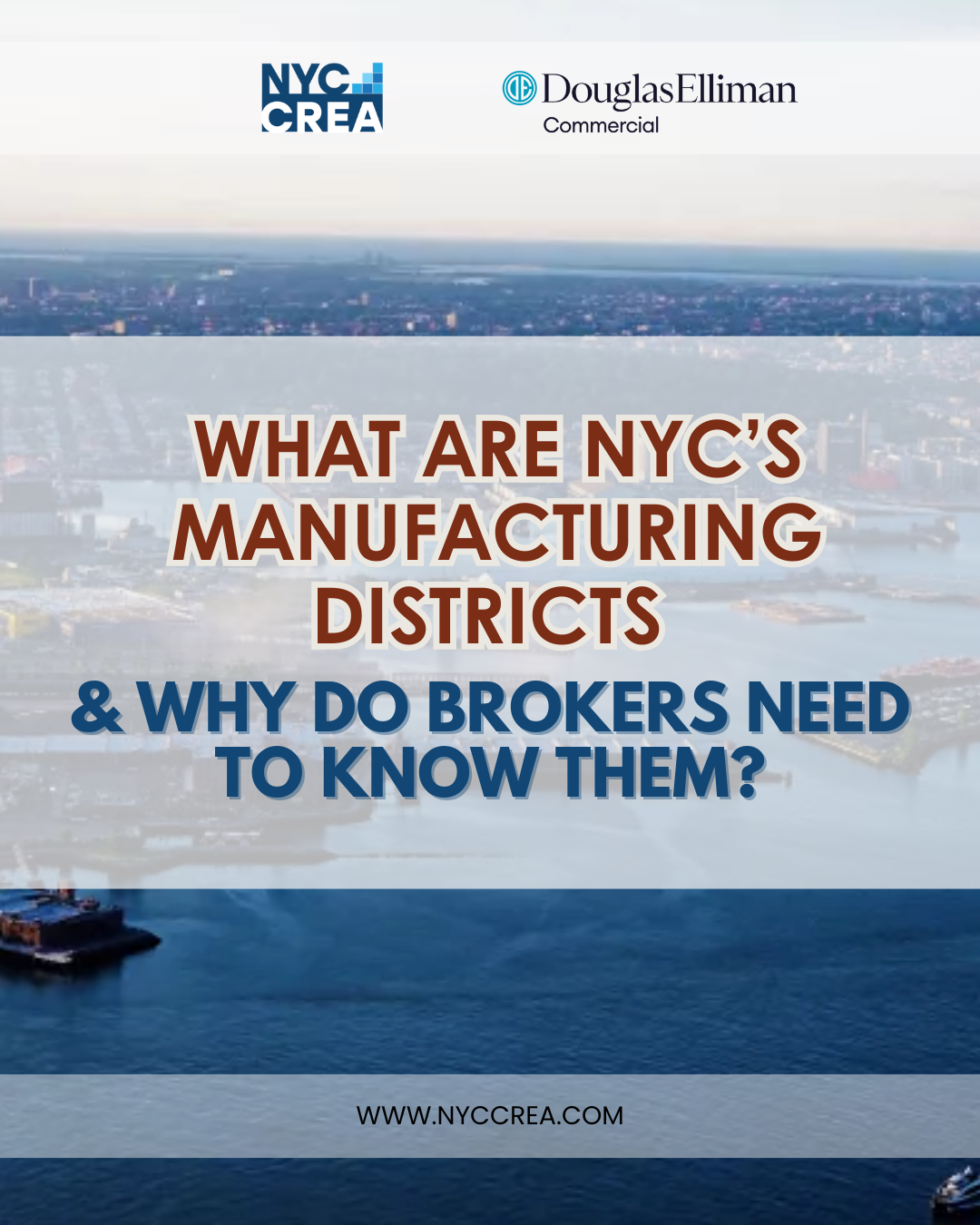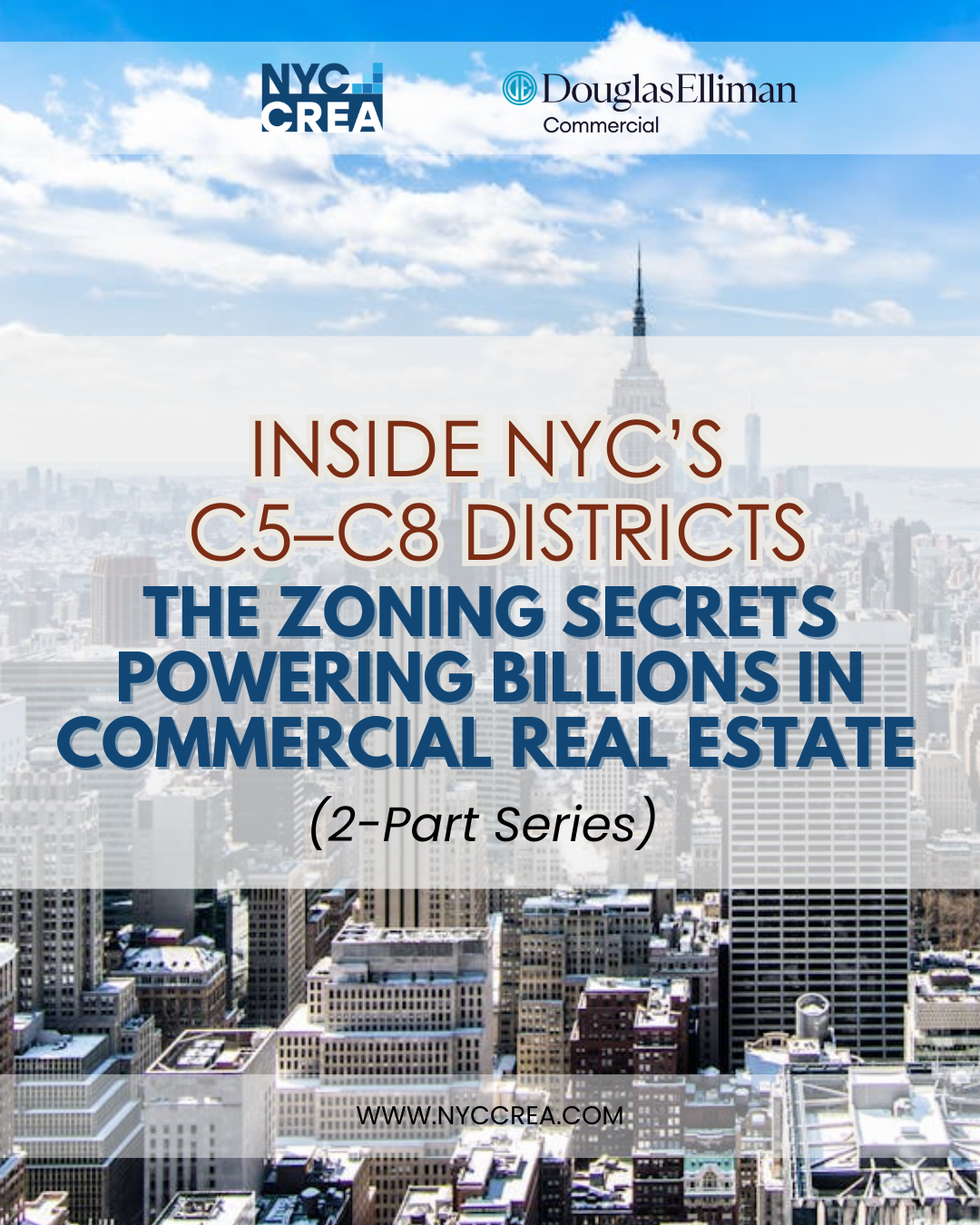March 12, 2025
- Food and Beverages (F&B) sector accounted for 34% of Manhattan’s retail deals annually since 2010.
- From 2021 to 2024, F&B leasing totaled nearly 2.9 million sq. ft.
- New experiential concepts from global names like Tiger Woods, Justin Timberlake, and Aqua Restaurant Group are driving fresh demand.
Manhattan’s F&B sector has sustained its remarkable growth, driven by a strong consumer appetite for recreation and social experiences. Based on CBRE’s Manhattan’s Food & Beverage brief, the F&B sector since 2010 has consistently accounted for approximately 34% of Manhattan’s total retail transactions annually, making it one of the most dominant categories in the market. From 2021 to YTD 2024, F&B leasing activity surged, with 833 completed deals totaling nearly 2.9 million square feet — representing over 33% of all retail deals and 23% of total leasing volume during that period.
This leasing momentum reflects how F&B operators have capitalized on tenant-favorable conditions, particularly in high-traffic areas near major commuter hubs and residential neighborhoods. Opportunistic operators seized the chance to secure prime real estate that was previously out of reach, fueling increased competition and, in some cases, bidding wars. Additionally, the influx of new-to-market operators — leasing over 377,000 square feet across 87 deals — underscores how Manhattan remains a global destination for culinary innovation and expansion.

Notable Transactions
Notable transactions include Michelin-starred Taiwanese restaurant Din Tai Fung’s 26,000-sq.-ft. debut at 1633 Broadway and sushi restaurant Double Knot’s 15,000-sq.-ft. lease at 1251 Avenue of the Americas. Additionally, English entrepreneur and private members’ club owner Robin Birley signed for more than 13,000 square feet for a new 5 Herford Street dining club at 840 Madison Avenue, while Fly Fish Club, an exclusive NFT-based dining club, committed to over 12,000 square feet at 141 East Houston Street.
The surge in leasing activity was particularly strong in premier retail districts and high-density residential areas like the Upper East Side and Greenwich Village. As workers and tourists returned to the city, demand spiked near main transit hubs such as Plaza District and Penn Plaza/Herald Square, driving increased competition and, in some cases, bidding wars for high-profile spaces.

Experiential Concepts Fuel Demand
The rise of experiential dining is adding a new dimension to Manhattan’s F&B sector. T-Squared Social, co-owned by Tiger Woods and Justin Timberlake, introduced a premium dining and entertainment experience with its 10,000-sq.-ft. location at 5 East 42nd Street. Dallas-based Electric Shuffle also entered the market with a 10,000-sq.-ft. shuffleboard bar at 1227 Broadway.
Luxury concepts are also making a statement. Aqua Restaurant Group, known for its upscale international presence, opened a 26,000-sq.-ft. Japanese and Italian dual-cuisine venue at 902 Broadway. These new entrants are blending fine dining with interactive and social elements, appealing to both locals and tourists. This trend toward combining upscale dining with entertainment reflects changing consumer preferences and Manhattan’s ability to attract innovative operators.

F&B is Looking Attractive at 2025
The F&B leasing landscape in Manhattan is expected to remain highly competitive in 2025. While opportunities still exist, the supply of prime locations is tightening, particularly in popular residential areas and near major commuter hubs. The recent wave of leasing has significantly reduced available inventory, which could lead to increased leasing costs and less negotiating power for tenants.
From 2021 to 2024, CBRE noted the dominance of the F&B sector as the most active industry in leasing share at 33%. Apparel followed as the second-largest sector, representing 18% of all deals. Jewelry and Health Care accounted for 4% each, while Health Clubs, Cosmetics, and Consumables each contributed 3%. Financial Services and Home Furnishings also held a 3% share each. The remaining approximately 27% was distributed among all other industries, reflecting the broad diversity of Manhattan’s retail market. F&B has been outpacing other sectors and driving leasing activity in the city’s competitive retail landscape and is expected to sustain its pivotal role in Manhattan’s post-pandemic recovery well into 2025.
The time and cost of securing capital are likely to increase, making second-generation, restaurant-ready spaces more attractive to operators. However, Manhattan’s status as a global culinary capital will continue to draw new entrants. The influx of new-to-market operators — already accounting for 10% of all F&B deals since 2021 — signals that demand will remain strong despite tighter conditions. Increased tourism and the return of office workers are expected to sustain consumer demand, positioning Manhattan’s F&B sector for continued growth and innovation this year. (NYCCREA)
Reference:
Manhattan’s Food & Beverage Leasing Boosted by Upscale and Experiential Restaurants, CBRE







